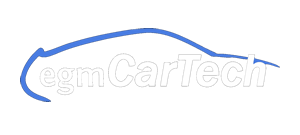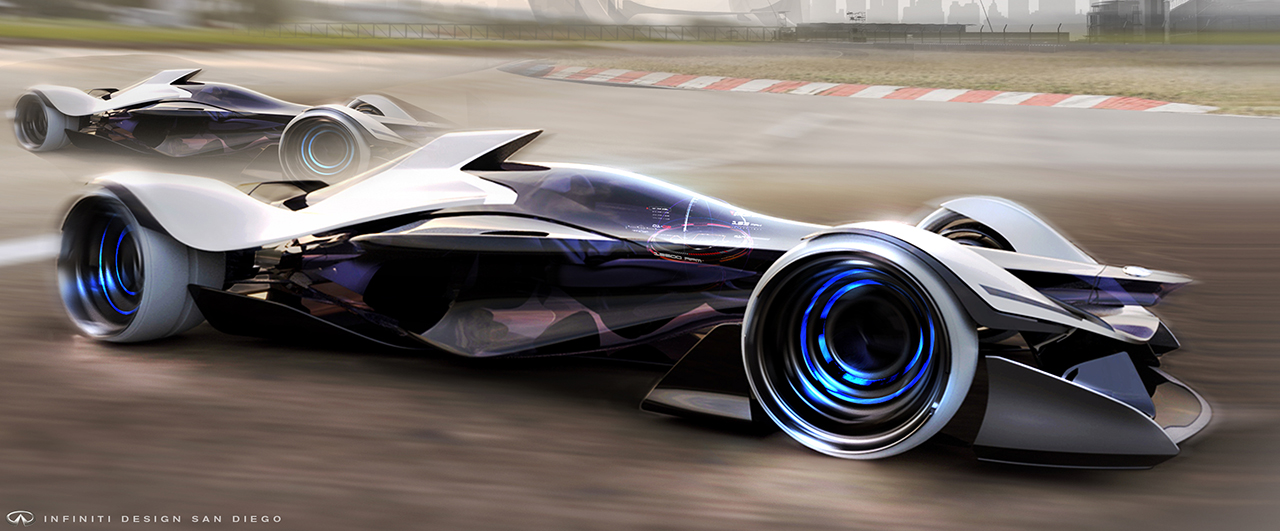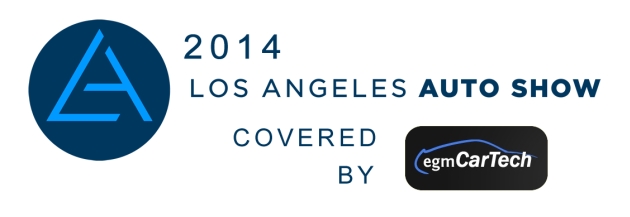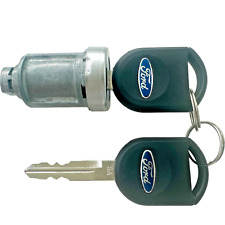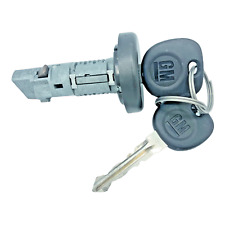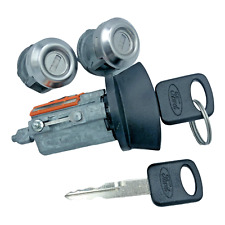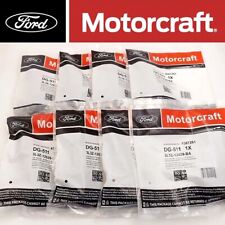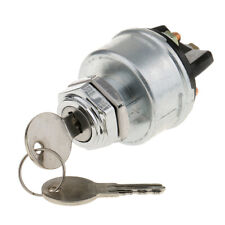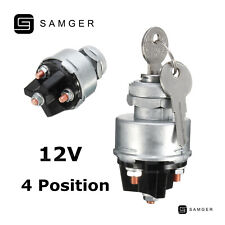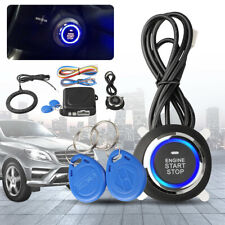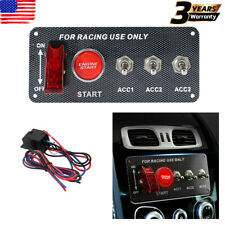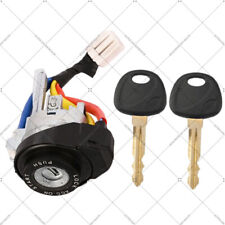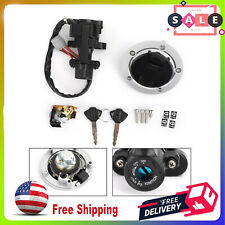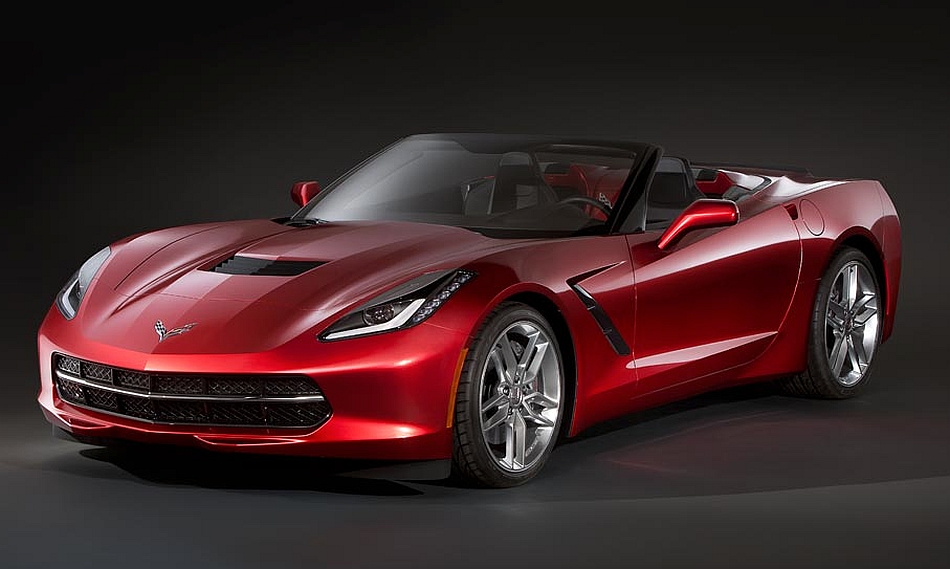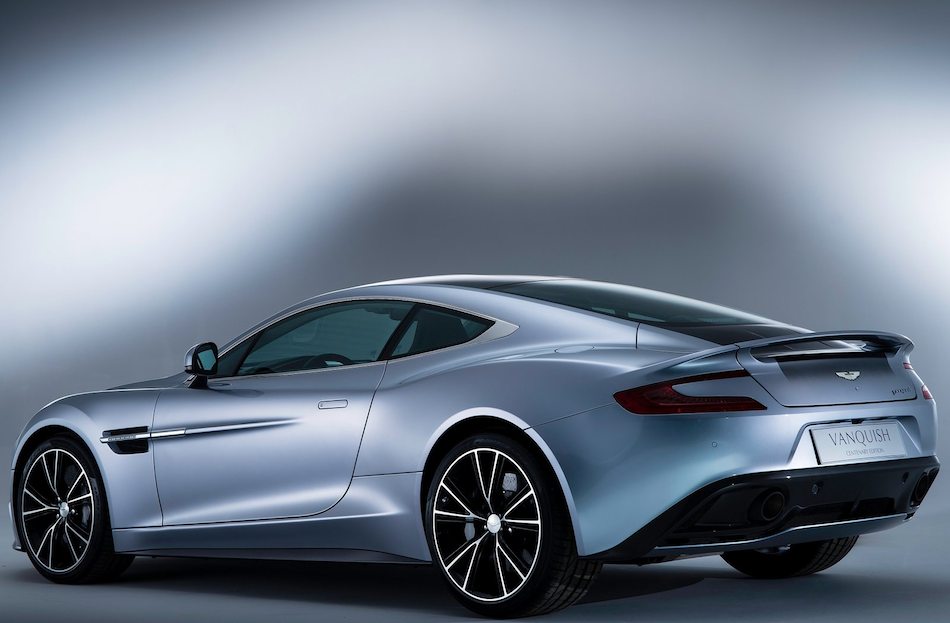2014 LA Auto Show: The Infiniti Synaptiq Concept is a serious vision for the future of motoring
One of the underlying themes for the LA Auto Show is the showcase of some of the most futuristic ideas for the automotive industry in the form of what LA calls the LA Design Challenge, where a committee comes up with an annual theme that asks designers to come up with their best interpretation.
This year’s theme was “Sensing the future,” which when broken down, asks designers to theme cars that envision the future for sensory-based technology in an automotive application, if the year was 2029. This year’s winner was the Infiniti Synaptiq Concept, which is a car that looks more like it’s from 2229 rather than 2029–we assume Infiniti’s team forgot to read the memo reminding them that 2029 is only 15 years away.
The Synaptiq uses a bespoke “universal fuselage pod.” Modeled after a Formula One-like chassis, the Synaptiq features a Synaptic S.U.I.T., or a Symbiotic User Interface Technology suit. When you drive the Infiniti Synaptiq, you wear it and it’s equipped with an array of biometric sensors and synthetic muscles through a “spinal lock attachment.” So in other words, you literally become one with the car in this application.
The Infiniti Synaptic Concept will be on display all week at the Staples Center, so be sure to catch a glimpse of it when you visit.
————————————-
INTERNATIONAL DESIGN STUDIOS PREDICT HOW CARS WILL INTERACT WITH HUMANS FOR 11TH ANNUAL
LOS ANGELES AUTO SHOW DESIGN CHALLENGEFuturistic Vehicle Concepts to be Presented During Press & Trade Days Nov. 18-20
LOS ANGELES, CA – The Los Angeles Auto Show (LA Auto Show®) has unveiled the 2014 Design Challenge entries submitted by world-renowned auto design studios for its 11th annual competition. This year’s entries explore the future of automobile connectivity by responding to the prompt: “Sensing the Future: How Will Cars Interact With Us In 2029?”
Each Design Challenge entry showcases how future technology will further transform human-to-machine interfaces that connect with senses, predict our next moves and create a more humanlike relationship with our vehicles. Specifically, entries are focused on automotive interiors that will comfortably and safely connect the driver and/or passengers to the car by 2029. With in-car connectivity and technology moving forward at a rapid pace, the Design Challenge pushes automotive designers to explore new instruments and knowledge like never before.
The design studios participating in this year’s Design Challenge represent the following global automakers: Acura, Honda, Infiniti, Peterbilt and Qoros. Several other studios will participate by showcasing their latest future-facing concepts in the Design Gallery, making for a total of 10 studios from around the world participating in the Show. Studios exhibiting in the gallery include: CALTY Design Research (USA), Mercedes-Benz Advanced Design Center California (USA), Nissan Design America, Inc. (USA), Subaru Global Design Team (Japan) and Volkswagen Group of America Design Center California (USA). Additionally, leading design schools will display select student concepts in a special part of the gallery.
The 2014 LA Auto Show Design Challenge Entries:
Honda R&D Americas, Inc. (USA) designed a human-to-machine interface concept for Acura that is comprised of an exterior and interior shell, connected through a modular adjustable mesh material that can flex to custom fit a passenger’s preferences. Able to accommodate one or two passengers, the interior is constructed out of a fabric-like material that can be altered simply by pushing or pulling on the surface. With the help of biometrics and repeated use, the vehicle will be able to learn the user’s preferences, anticipate their needs and have the ability to change its shape.
Honda Advanced Design Tokyo (Japan) presents the CARpet, a human-focused interior consisting of two elements, a carpet and a ball. The carpet is a highly flexible platform used to create a seamless and uninterrupted space with the freedom to change its shape to accommodate each user. Whether alone or traveling with friends, users can manipulate the car’s interior and make intuitive and natural forms for their ride. The second element, the Honda ball, allows drivers to interact during their autonomous journey. Within its closed shape, the Honda ball provides users a calm interface that responds to voice, touch and gesture commands for human-to-vehicle communication. In “active mode,” the driver can use the ball to control the car; the synergy between car and machine emulates that between a rider and their horse. Via the Honda ball, the car interprets driver commands to determine its optimum move.
Infiniti Design San Diego (USA) introduces a brand new universal fuselage pod that can transform into three vehicle types. This vehicle will be used for the brand’s unique triathlon competition, the A.R.C. race (Air, Rally, Circuit). The first stretch of the A.R.C. race is a Formula 1 grand prix course from LA to Las Vegas. The second portion is a desert race, which requires driving an off-road buggy to the Grand Canyon. The final leg of the race is a radical gymkhana-style jet race through virtual pylons back to Los Angeles. The A.R.C. triathlon race will also be the debut of Infiniti’s new futuristic HMI called SYNAPTIQ, a system that will make the driver and machine become one by connecting the SYNAPTIQ S.U.I.T. (Symbiotic User Interface Technology) through spinal lock attachment. It will enhance the driver’s passion and performance for racing as well as influence the design of a vehicle that will provoke imagination.
Peterbilt Motors (USA) created SymbiotUX, (pronounced “Symbiotics”), a concept based on the projection that the future of transportation will be dominated by a transformational shift toward vehicles operating together in truly symbiotic relationships that will, in turn, improve efficiency, safety, wellness and travel enjoyment. An important part of this transformation will be the role of “truck driver,” which will grow in stature and esteem (similar to that of an airplane pilot). SymbiotUX is a design concept that explores and illustrates how human-to-machine interfaces will be transformed by this future reality. The road pilot will have greater responsibility; therefore, the spaces and interfaces of a vehicle in “pilot mode” will be purpose-driven to enhance pilot capabilities leading to energy efficiency, reduced accidents, traffic and prevent overall wear and tear.
Qoros Design Shanghai (China) introduces a digital and physical concept, Q: Qoros Qloud Qubed, where the vehicle will become an intelligent, multi-dimensional personal management assistant. Q learns from the user over time through the five senses: sight, touch, smell, taste and sound. The dynamics of the relationship between Q and the user is modeled on how human relationships develop over time. Q learns the user’s tastes, favorite restaurants, places regularly frequented, music preferences, friends, family, etc. during the ownership period and is designed to maximize safety by identifying when the user is acting irresponsibly and quickly switching to automated driving mode.
“This year’s entries are particularly compelling because they offer insight into what our vehicles are capable of,” said Chuck Pelly, Chief Creative Officer of Intersection, Inc. “This year is a turning point for connected car technology and it’s fascinating to see how far we could get in the next 15 years.”
Design Challenge entries are judged on various factors including comfort, attention to human sense and emotional connection, ecological sensitivity, creativity of concept, control and function of concept and reflection of the brand. This year’s judges include: Tom Matano, Executive Director of the School of Industrial Design, Academy of Art University, Stewart Reed, Chair of Transportation Design, Art Center College of Design and Alexander Klatt, Chair of MFA Transportation Design & Associate Professor, College for Creative Studies in Detroit.
In addition to the judges award, design aficionados from the public will also have the opportunity to vote for their favorite Design Challenge entry online starting Oct. 27; to vote, or for more information about the first annual “People’s Choice Award,” please visit LA Auto Show’s website here or the Show’s official Facebook page here. The winner(s) of both honors will be announced and presented with their award(s) before media and industry professionals during the annual Design LA Open House on Thursday, Nov. 20.
Following the Open House will be the Car Design Night LA party, taking place at Elevate Lounge in downtown Los Angeles from 7:00 p.m. – 12:00 a.m. In contrast to previous years, LA Auto Show credentials will not grant access to Car Design Night LA ’14. Design industry professionals interested in attending the offsite affair are invited to register directly with Car Design News here.
The final competition concepts will be prominently displayed in the Design Gallery of the LA Auto Show throughout Press & Trade Days (Nov. 18-20, 2014), as well as through the run of the public show (Nov. 21-30, 2014).
LA Auto Show’s Design Challenge is sponsored by Faurecia, the world’s sixth-largest automotive supplier specializing in automotive seating, emissions control technologies, interior systems and auto exteriors. In addition to Faurecia, Design LA is made possible by the support of Lacks Enterprises, Inc., Autodesk, Bose, We-Inspire and Car Design News.
Press & Trade Day registration for LA Auto Show and Connected Car Expo can be accessed here. For more information, please visit www.laautoshow.com and www.connectedcarexpo.com.
About the Los Angeles Auto Show and Connected Car Expo
Founded in 1907, the Los Angeles Auto Show is the first major North American auto show of the season each year. Press Days for the 2014 LA Auto Show® will be held on Nov. 18 – 20. The show will be open to the public Nov. 21 – Nov. 30. The second annual Connected Car Expo (CCE) will unite automotive and technology professionals in an effort to increase development and foster relationship-building in the connected car industry, providing attendees with access to the key players and top media constructing the future of the connected car. CCE will start on Nov. 18, and continue in conjunction with the 2014 LA Auto Show Press Days. The LA Auto Show is endorsed by the Greater L.A. New Car Dealer Association and is operated by ANSA Productions. To receive the latest show news and information, follow LA Auto Show on Twitter at twitter.com/LAAutoShow or via Facebook at facebook.com/LosAngelesAutoShow and sign up for alerts at www.LAAutoShow.com. For more information on CCE please visit http://connectedcarexpo.com/Hashtag: #LAAutoShow
